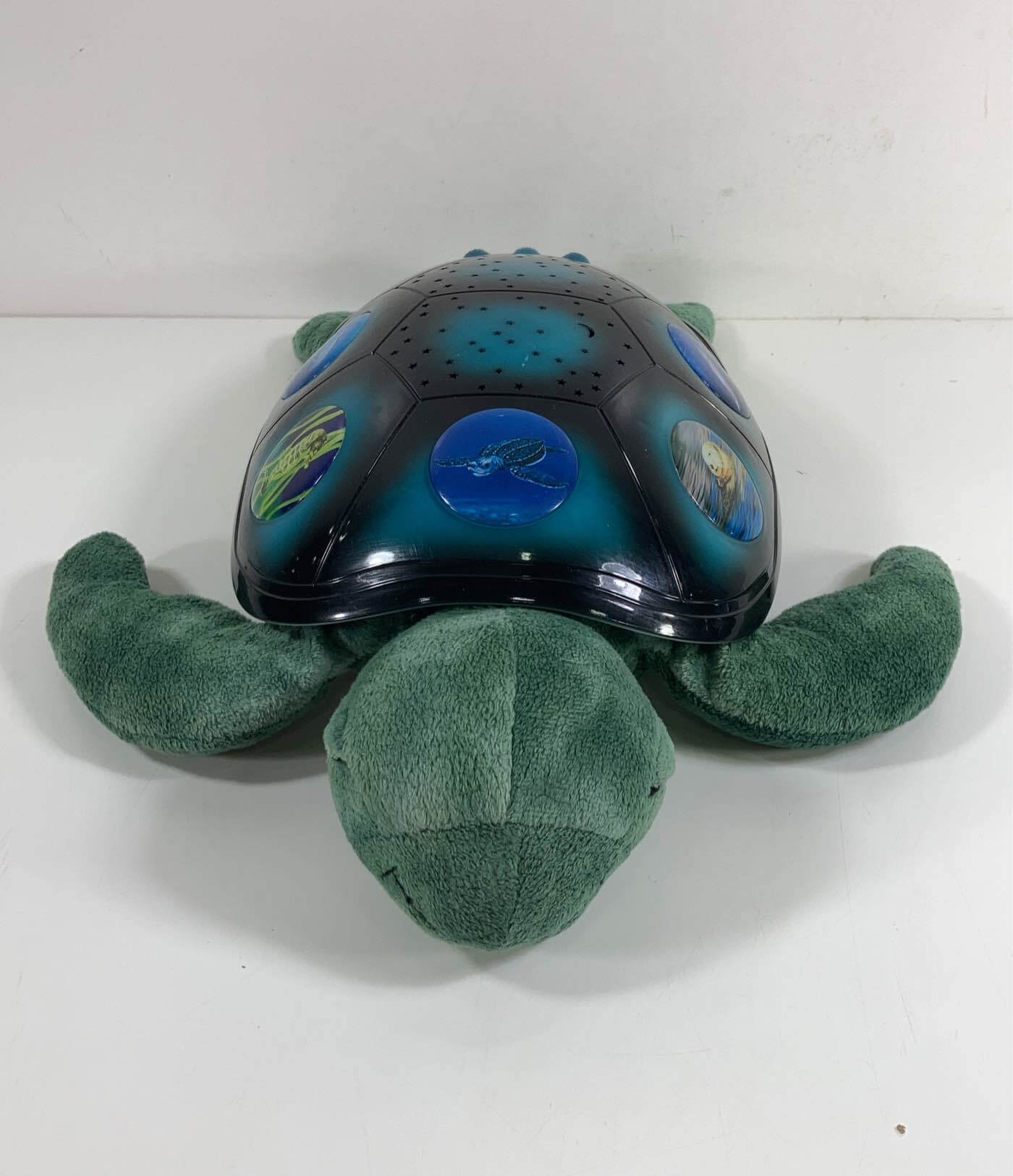
The Best Toys for Autistic Children, Recommended by a Pediatric Occupational Therapist
This article was written by Kira Bender, MS OTR/L—a Los Angeles-based Pediatric Occupational Therapist.
When shopping for toys for an autistic child, it’s important to remember that neurodivergent children are not so different from other children! In order to choose a toy they will be sure to love, consider the child’s likes and interests, their skills and their needs. Another area to consider when shopping for toys for autistic children is their potential sensory differences. As a Pediatric Occupational Therapist who specializes in working with neurodivergent children, here are the best toys for autistic children I recommend.
The Best Sensory Toys for Autistic Children

Multi-sensory input can be especially powerful and motivating for autistic children. Here are some sensory toys that your child may love.
The Best Motor Toys for Autistic Children

Many autistic children love to move, and movement helps them regulate, learn and grow. Here are some toys to get your child moving.
The Best Calming Toys for Autistic Children

For when your child needs to recharge, these calming toys that can help.
What Sensory Differences do Autistic Children Experience?
Many autistic children experience sensory processing differences, which means that the way their brains and bodies interpret and respond to sensory input is different than most other people. But these differences are not all bad, and some differences in sensory processing can lead autistic children to have specialized interests or skills in certain areas.
For instance, some autistic children are sensitive to loud or sudden sounds, but this sensitivity may also lead them to have a love for music or rhythm. A keen awareness of visual input may allow a child an exceptional ability to draw or understand how things work. It is also important to understand that sensory processing differences can sometimes lead to sensory overload.
What Triggers Sensory Overload for Autistic Children?
Sensory overload (also called sensory overwhelm) occurs when a person’s body experiences more sensory input than their system can handle. Anyone can experience sensory overload, but it is more likely to occur for people with sensory processing differences, which are common for autistic people.
One way to understand sensory overload is to imagine your nervous system has a cup which represents the amount of sensory input it can hold. Throughout the day, your cup fills with the sounds, smells and other sensory experiences you encounter. If your cup overflows, you are experiencing sensory overload, which may cause you to have difficulty focusing, feel stressed or irritable or lead to shut-down where you no longer feel able to do what you need or want to do.
For a person who is extra sensitive to sensory information, you can imagine their cup is much smaller. They have far less capacity for sensory experiences in their life, and as a result, may experience sensory overload more often.
How Can Toys Help?
Providing the right type of sensory input can help an autistic child to regulate themself, have a greater capacity for sensory experiences and experience less sensory overload. As a child’s primary job is to play, one way that parents of autistic children can help provide that sensory input is through toys like the ones recommended above.
